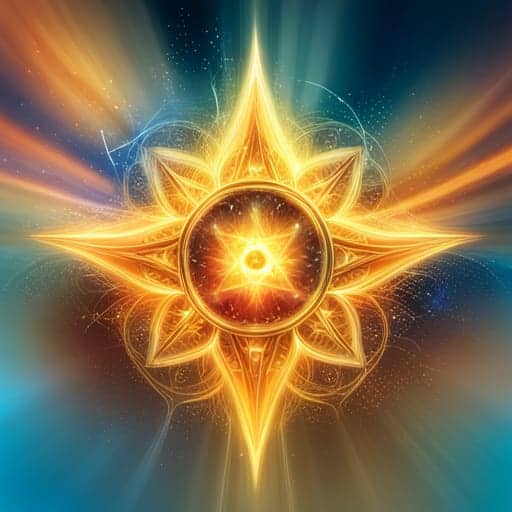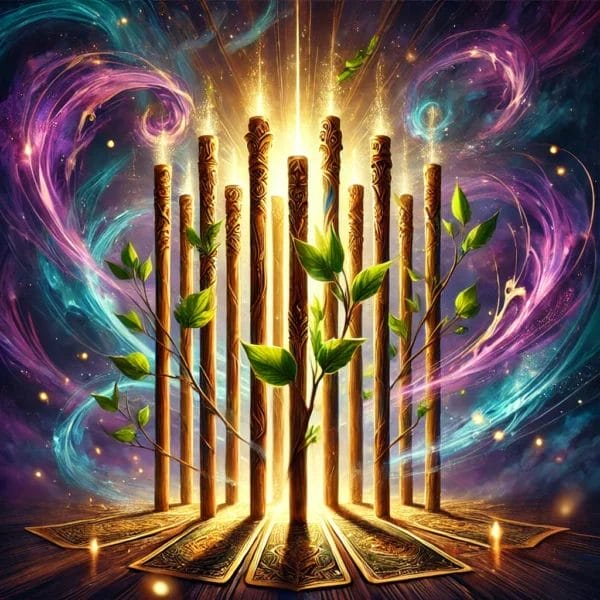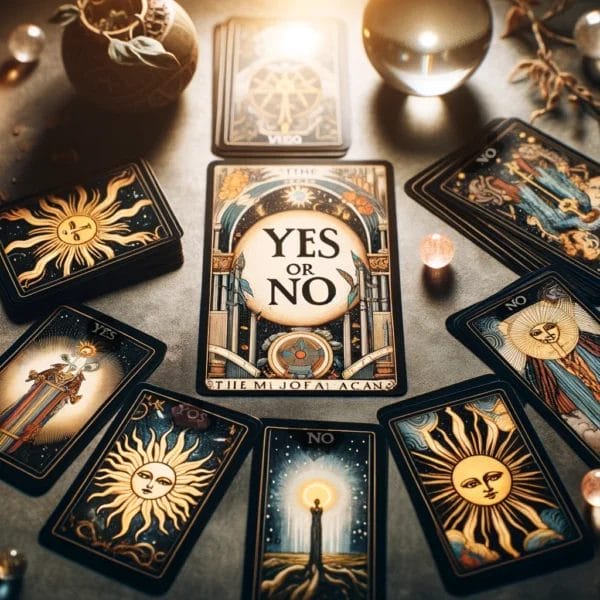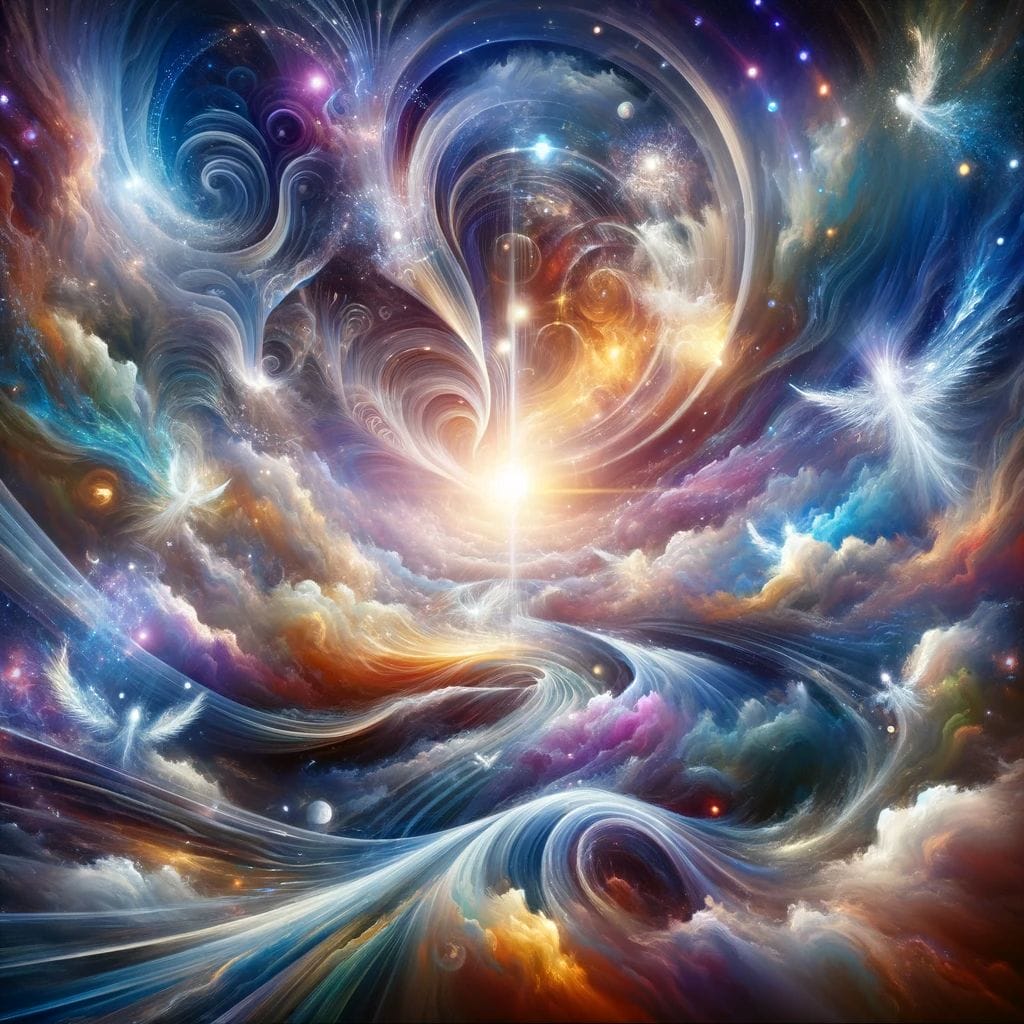Symbols are all around us. From the signs we see on the road to the logos of famous brands, symbols are powerful tools that communicate meaning in a concise and impactful way. But did you know that symbols also hold deeper meanings beyond their surface appearances? Welcome to the fascinating world of symbolism, where objects, colors, shapes, and images can carry profound messages that go beyond their literal representations.
What is Symbolism?
Symbolism is the use of symbols to represent abstract concepts, ideas, emotions, or qualities. It is a language of signs and symbols that transcends cultural boundaries and speaks to the human psyche at a deeper level. Symbolism has been used by humans throughout history, from ancient civilizations to modern times, to convey complex ideas and truths that may be difficult to express through words alone.
Understanding Symbolism
At its core, symbolism relies on the concept of association, where a symbol represents something else beyond its physical form. For example, a red rose is not just a flower, but it is also commonly associated with love and passion. A skull may represent mortality and the transience of life. A rainbow can symbolize hope and promise. These associations are often shared collectively by a culture or society, and they may also carry personal meanings to individuals.
Symbols can be found in various forms, such as objects, colors, shapes, numbers, animals, and images. They can be used in literature, art, religion, mythology, rituals, and everyday life. The interpretation of symbols can be subjective and open to different interpretations, as they can evoke different emotions, memories, and associations in different people.
The Power of Symbolism
Symbols have a unique ability to convey complex ideas and emotions in a simple and impactful way. They can transcend language barriers and communicate across cultures and generations. Symbols can evoke emotions, trigger memories, and create connections that resonate with our innermost thoughts and feelings. They can also stimulate our imagination, intuition, and creativity, and offer new perspectives and insights.
Symbols have been used in various ways throughout history, such as in religious and spiritual practices, as well as in art, literature, and other forms of creative expression. They can be used to convey allegories, metaphors, and hidden meanings, and can add depth, richness, and complexity to the human experience.
Exploring Symbolism
Symbolism is a vast and multifaceted subject that can be explored in many ways. Here are some tips for beginners interested in delving into the world of symbolism:
- Observe and Reflect: Pay attention to the symbols around you in your everyday life. Notice the objects, colors, shapes, and images that catch your attention and evoke emotions or memories. Reflect on what these symbols may mean to you personally, and how they may relate to broader cultural or societal associations.
- Study Symbolic Systems: Learn about different symbolic systems used in various cultures, religions, and mythologies. For example, symbols used in ancient Egyptian, Greek, or Native American cultures may have different meanings and associations compared to symbols used in Eastern religions or modern Western society. Explore the historical, cultural, and spiritual significance of symbols in different contexts.
- Study the Tarot: The Tarot is a fantastic symbolic system to explore. Analyze the cards and meditate on their meaning
- Read Symbolic Literature: Study literature, poetry, and myths that are rich in symbolism. Pay attention to the symbols used by authors and poets to convey deeper meanings and insights. Analyze the symbols and their possible interpretations, and reflect on how they contribute to the overall themes and messages of the works.
- Explore Art and Visual Symbols: Visit museums, galleries, and exhibitions that showcase art and visual symbols. Observe the use of symbols in paintings, sculptures, and other forms of visual
- Expression. Pay attention to the colors, shapes, and images used by artists and their potential symbolic meanings. Reflect on how the symbols used in art contribute to the artist’s message or intention.
- Engage in Personal Symbolism: Create your own symbolic language by exploring your personal associations with different symbols. What do certain symbols mean to you? How do they make you feel? How do they relate to your own experiences, beliefs, or values? Use symbols in your personal creative expressions, such as writing, painting, or other forms of artistic outlets, to convey your own unique messages and emotions.
- Seek Resources and Guidance: There are numerous books, websites, and other resources available that delve into the topic of symbolism. Look for reputable sources that provide insights into the meanings and interpretations of different symbols. Join online communities or discussion groups where you can engage in discussions about symbolism with like-minded individuals and learn from their perspectives.
Final Thoughts
Symbolism is a fascinating and powerful language of the mind and inner world that can offer insights into the deeper meanings and associations of objects, colors, shapes, images, and more. By exploring the world of symbolism, you can unlock the hidden messages and layers of meaning that exist beyond the surface appearances of everyday objects and expressions. Whether you’re interested in literature, art, spirituality, or personal creativity, symbolism can enrich your understanding and appreciation of the world around you. So, keep an open mind, observe, reflect, and explore the rich world of symbolism to unlock its secrets and deepen your understanding of the human experience.














